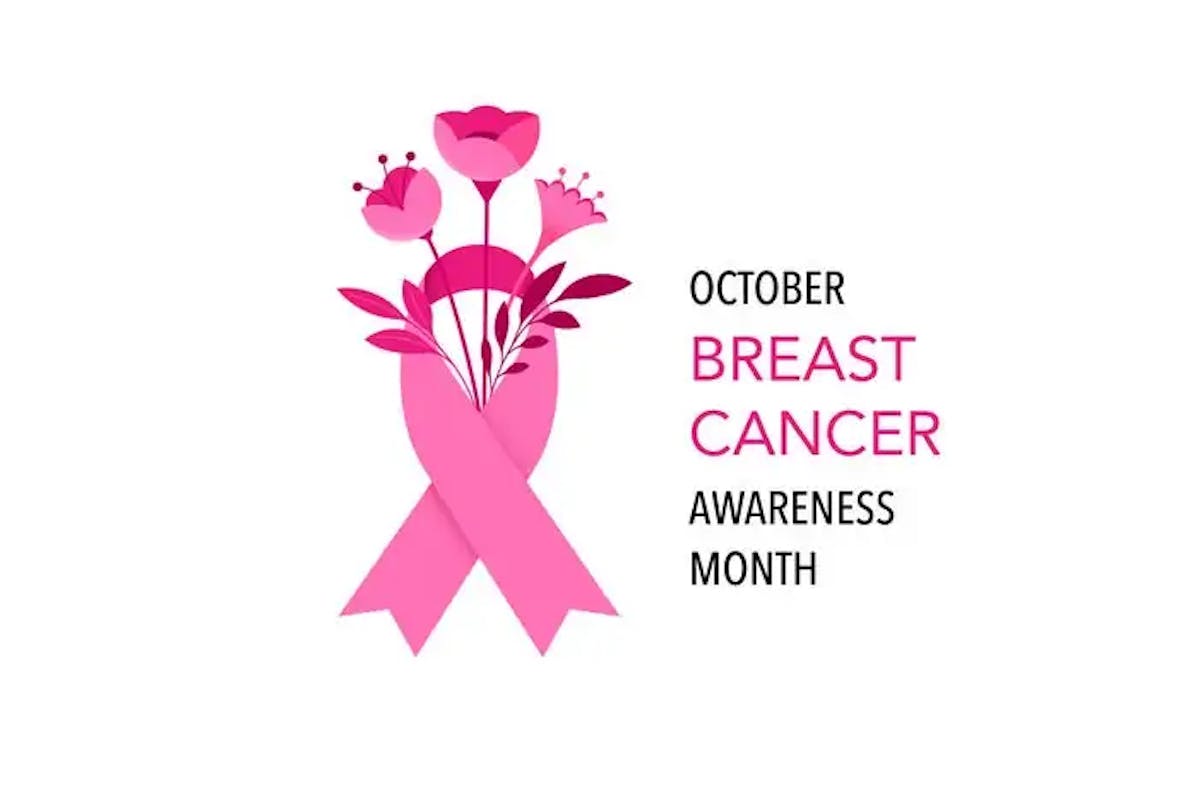Breast Cancer Awareness Month: What Women (and Men) Should Know

Every October, Breast Cancer Awareness Month brings attention to one of the most common cancers worldwide. While it often evokes images of pink ribbons and fundraising walks, this annual observance is about much more—it’s about education, early detection, advocacy, and support for those affected by breast cancer. And although women are far more likely to be diagnosed, men can get breast cancer, too.
Here’s what everyone, regardless of gender, should know.
Breast Cancer: The Basics
Breast cancer occurs when cells in the breast grow uncontrollably, forming a tumor that may be felt as a lump or seen on an imaging test. If untreated, it can spread to other parts of the body.
Here are a few basic facts about this disease:
- 1 in 8 women in the US will be diagnosed with breast cancer in her lifetime.
- About 1% of all breast cancer cases occur in men.
- Early detection dramatically improves survival rates.
Common Risk Factors for Breast Cancer
While anyone can develop breast cancer, certain factors increase your risk:
- Age: Most cases occur in people over 50.
- Family history: Having a close relative with breast cancer (especially under age 50) raises your risk.
- Genetics: Inherited mutations in the BRCA1 or BRCA2 genes increase risk.
- Hormone exposure: Early menstruation, late menopause, hormone replacement therapy, and having children late or not at all can also increase risk.
- Lifestyle: Alcohol use, obesity, and lack of physical activity are known risk factors.
Although less commonly affected, men can also develop breast cancer. This is especially the case if they have high estrogen levels, liver disease, or a strong family history of the disease.
Recognizing the Signs and Symptoms of Breast Cancer
The most common symptom of breast cancer is a new lump in the breast or underarm, but others include:
- Swelling or thickening of part of the breast
- Dimpling or puckering of the skin
- Nipple discharge (not breast milk)
- Nipple inversion or pain
- Redness or flaky skin on the nipple or breast
Men should also watch for lumps in the chest area, nipple discharge, or changes in nipple shape or color.
Don’t ignore any of these symptoms, even if you’re under 40 or male.
The Importance of Early Detection
There’s no doubt about it, early detection saves lives. When breast cancer is caught in its earliest stages and the disease is localized, the five-year relative survival rate is 99%. The primary methods of early detection include:
- Mammograms: Recommended yearly or every two years, starting at age 40 for women at average risk.
- Breast ultrasounds: May be used if you have dense breasts or if an area of a mammogram is unclear.
- Clinical breast exams: Performed by a healthcare provider.
- Self-exam and awareness: Know what’s normal for your body and report any changes promptly.
For women with a strong family history or genetic risk, earlier and more frequent screenings (including MRIs) may be recommended. Men with a family history or known BRCA mutations should also speak with their primary care provider about screening and genetic counseling.
If you are diagnosed with breast cancer, the good news is that treatment options have come a long way over the past few decades. From targeted drug therapy to immunotherapy, modern treatments have improved survival rates and quality of life.
Bookmark the Life Protect 24/7 Blog
If you have an interest in healthy living, caregiving, or senior safety, we encourage you to bookmark the Life Protect 24/7 blog. Each week we share a new article on topics ranging from flu shot basics to natural ways of boosting your immune system.